By Kelsey Johnson September 20, 2022
Make your first sales faster with these free or cheap marketing tools.
Making your first sale online requires marketing, and marketing is always easier, and more effective — and even more fun — when you have the right tools. To successfully start and grow your business, you can’t just create a sales page or a social post and hope people will come across it.
Like any new business or product, you will need to try several marketing strategies to see what works. This will help you identify the best place to find and sell to the types of customers who want your products.
As we mention in the Sell Something Challenge’s blog post, you can go to friends and family, or use social media, email, paid ads, and more to make your first sale. And there are tools you can use to make your work easier along the way.
So check out these digital marketing tools to help you make your first sale. Try a few out, just to see how they work. And no excuses about not having enough of a marketing budget: Most of these marketing tools are free.
Sales pages and website tools
Listing products on platforms like Etsy or Amazon is easy, but you’ll earn more per sale if you create your own sales page or website . Everything you sell should have its own page. Luckly, there are sales tools and templates to help you.
If you want to start selling products, courses, or services online in less than a day (and affordably) you should create a sales page using a tool like AWeber. Start with one of our 100+ templates and add an image, description, and button where someone can purchase with a tool like Stripe or PayPal.
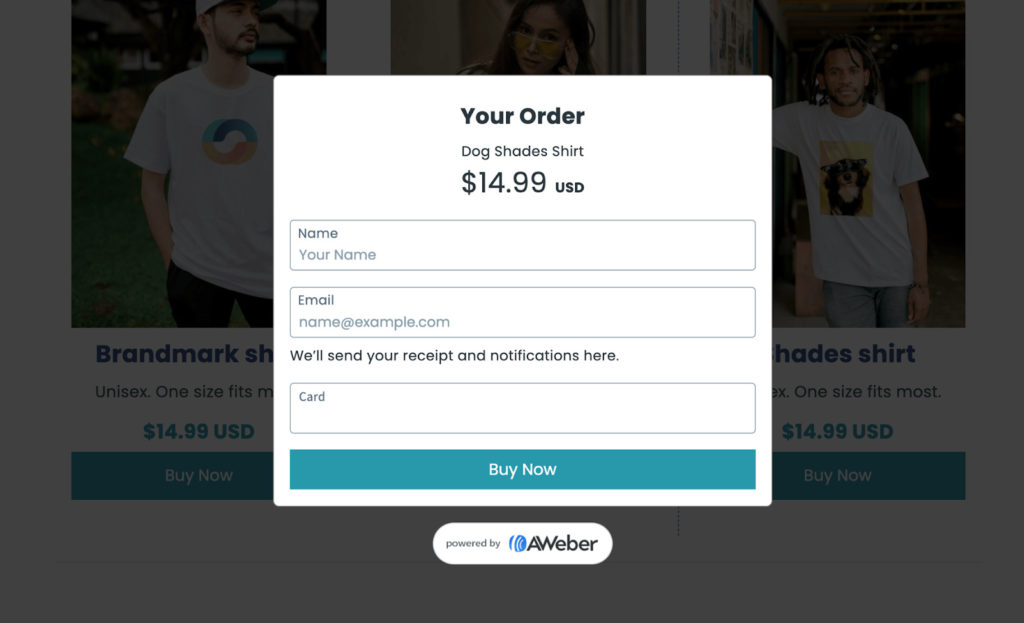
Related: Learn to create a sales landing page in AWeber
If you’re selling hundreds or thousands of products or plan to use your software in your physical store too, you might want to opt for a full website. Don’t worry: That’s not as hard as it sounds. Tools like Shopify or WooCommerce make building even a full site fairly easy. Both offer free and paid ready-made templates called themes that can get you started, but they will take longer to set up than a simple page.
Whether you use landing pages or a website to sell, you’ll need a payment processing tool. These tools are extremely secure, adhere to state and country laws, and they make payments easy for both buyers and sellers.
According to a poll AWeber ran in its newsletters last week, our readers like Stripe and PayPal best, followed by GumRoad, the six most-used payment softwares are PayPal, Stripe, Gumroad, Vemno, Square, “something else,” and Payoneer.
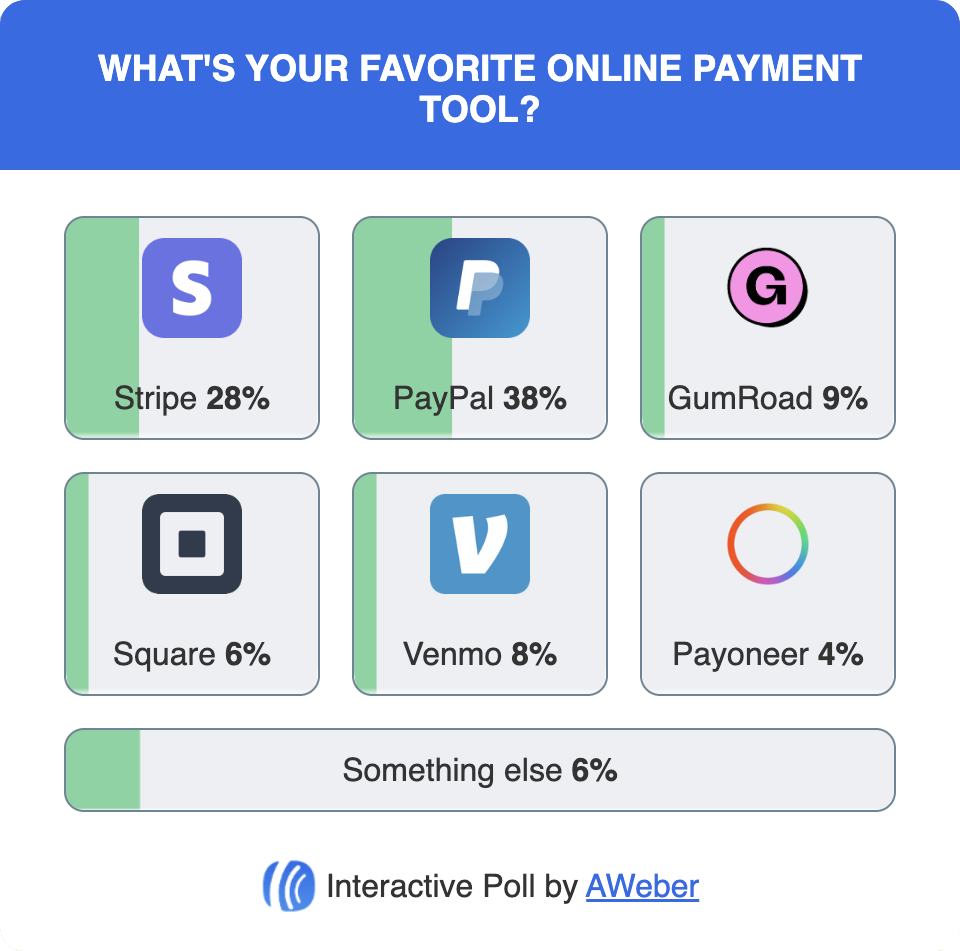
Stripe is great for small businesses and enterprises alike. It’s highly-integrated system works within many other business tools like AWeber.
PayPal is a well-known payment tool that most of your customers are likely to be familiar with and comfortable using.
See our comparison of Stripe versus PayPal for small businesses.
Gumroad is a tool that helps walk you through the first steps in making sales. They’re great if you’re looking to sell a digital resource, course, or ebook.
Square is great for any business that does online and in-person sales. Whether you’re selling products at a farmer’s market, from a storefront, or on a website, Square has a suite of solutions for you.
Venmo, available in the U.S. only, is a payment option with lower fees than some of the others. Since younger people are familiar with Venmo, it could be the right tool if your customers are 40 or younger.
Payoneer, which works for transfers worldwide, is a popular option for freelancers and international businesses. If you charge a monthly fee for your services and/or work across borders, try using Payoneer. (Note: With no point-of-sale system, Payoneer is not for in-person sales.)
Everything you sell needs to have an image associated with it — even if you’re selling a course or service. And the image must be high-quality. 67% of people find image quality very important when buying.
But with the right tools, you don’t have to spend a bunch of time and money getting these great images.
To find pictures you’re legally allowed to use for online sales, you can use Google. Here’s how: Search on Google, click Images -> Tools -> Usage -> Creative Commons license. Then you can filter further by other related keywords or colors.

Can’t find what you’re looking for on Google? Want to try out some different search terms? You can also find free, royalty free images on Flickr, Pixabay, Pexels, and Unsplash.
Once you have a picture — whether you took it or found it online — make it look professional by adding filters in Photokit or Wondershare. You can crop out unwanted parts of your image like a person or distracting object in the background using Cleanup.pictures.
Add graphics, text, colors, and other design elements to your images (or choose from their templates) with Canva or Picsart. Make sure you create pictures that work for your sales page, but also vertical, square, and horizontal social media posts as well as email headers.
You can use edit.photo to easily crop, redact, annotate, and resize your image. Want something more robust and open source? Try Gimp.
Being on social media and selling on social media are completely different things. Although you may post and get some attention from your friends and network, making sales to them only gets you so far.
After that, it’s time to find some new customers. That’s where research comes into play.
Start on Google Trends to see what words people are generally using to describe what you’re selling and gauge what people are generally talking about (for example, as I write this in fall, lots of people are searching for American football players.)
Next, take those terms to GravTag for a longer list of potential hashtags you can use in your social media tools. You can also use these to search TikTok, Instagram, Twitter, etc. and see whether the resulting posts match up with your product.
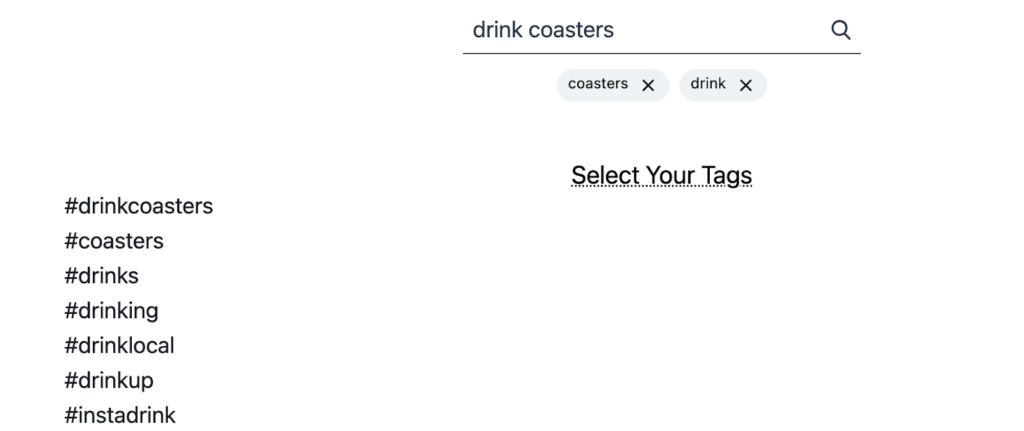
Hint: You want to be in the same place where other people are selling similar products — that’s where your audience is.
TweetDeck helps with Twitter-specific searches and keeping up on trends. Flick.tech is good for Instagram hashtags and scheduling, if that’s where you plan to do a lot of selling.
Once you’ve found your people, start building relationships. Comment on other people’s posts, stories, and reels. Be positive, specific, and nice. Don’t drop into anyone’s DMs without permission looking to sell.
And, of course, make sure your own profile is full of some of those beautiful pictures you made. Always include a link to your product in your bio and anywhere else it’s appropriate for the platform (you can use a link list-style landing page if you have more than one link to include).
You should plan to post regularly over time. Most people find it’s easier to schedule social media posts one day a month to go out throughout the month. Use schedulers like SocialBee, Hootsuite, Pallyy, or Planoly (you only need one).
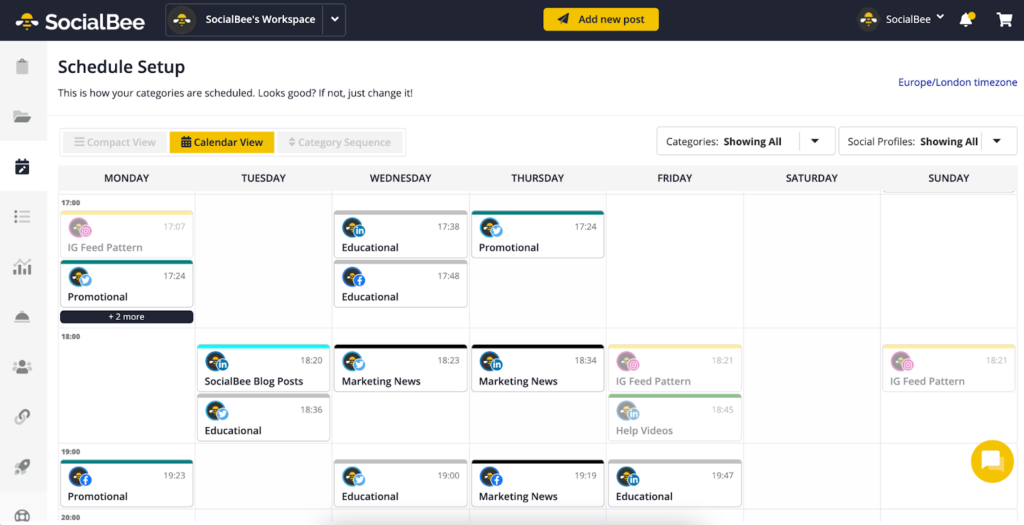
Rinse and repeat whatever is working, focusing on engagement with most of your time and using tools to schedule everything else.
Writing good blog posts, emails, and social media captions is hard. And it’s even harder if you’re trying to sell something. Most people get bored because they feel like they’re writing the same thing every time.
If that’s you, try an AI writing tool like Copy.ai.
There are numerous benefits of using an AI writing tool to write emails, captions for social media, and blog posts. You can save time by simplifying your writing process, giving you more time to focus on higher-value tasks like brainstorming campaigns, creating content calendars, and structuring projects. AI tools also make it easy to create highly personalized content without having to do any of the heavy lifting by hand.
Also, that paragraph was written by Copy.ai. Not too bad, huh? If you want, you can use an AI writing tool to get you started, and then make some adjustments for your own voice and product.
Make sure you run everything you (or the AI) writes through Grammarly or Hemmingway App to catch issues with grammar, spelling, punctuation, passive voice, and difficult-to-read sentences. Here’s my edited version of the Copy.ai copy above, after I entered it into Hemingway App:
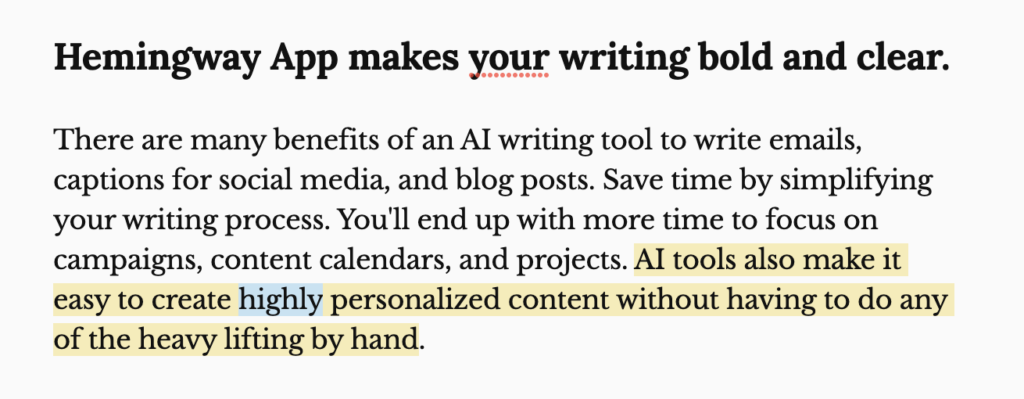
You can make more money in less time selling via email. Why? Your email subscribers already know who you are (they opted in to receive information from you). Plus, people are used to buying via email.
So, if you already have an email list, it’s one of the best places to make that first few sales, or more.
Create a new message in AWeber (using a template for inspiration or creating your own custom template with your sales page and our AI tool).
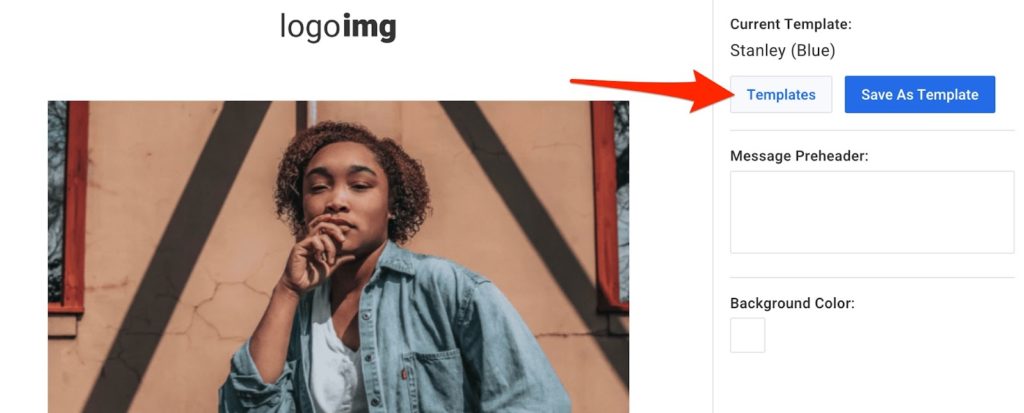
Pitch your product to your list — why would they want to buy this? Why now? You can send one or two emails to them, but don’t send any more than that. The people who are going to buy from you likely will from a couple of emails.
But feel free to send another email as soon as you have a new price point or product. This is how you can keep your email subscribers buying.
Want to move your list to AWeber from another platform? We offer free migration services. Getting started building a list? You can collect subscribers via an integration, form on your website, or sign-up page.
You can get inspiration on writing and design from Really Good Emails. Search for a general term related to your product and see the way others have designed their sales emails:
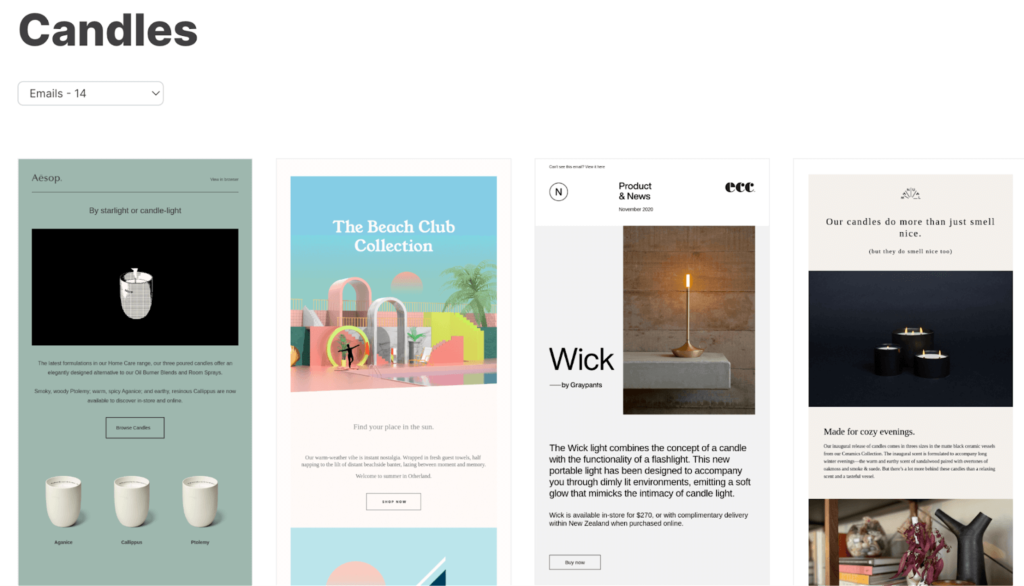
Make sure you run your subject line through Headline Analyzer to identify opportunities for improvement.
There are online listing websites where you can create an account for your business. This is a good way to drive awareness and traffic to your website for free. A few of them require a public physical address (which you might not have), but the rest can be set up with a name, website, and phone number!
Create a free Google business profile and you could be listed in online searches for the product or service you offer. This will require a physical address (which could be your home address). Make sure your sales page or website has a header with the search term you want to rank for. For example, if you’re selling candles, choose “Candle store” as your category. Check out the full list of categories.

There are a few other places to list your business or website locally. You can claim your business on Nextdoor, and even buy ads. You can also list your business for free on Yelp and Apple Maps. And, this may seem surprising but you can also list your business on Snapchat, where there are more often buyers in their teens and twenties.
The more places you get listed, the better. Although you will start to receive a lot more promotional and sales calls once you’re listed online. (The bad always comes with the good.)
If you’re selling something handmade, vintage, or a craft supply, create a listing on Etsy. And, of course, if you’re selling a book, make sure you get listed on Amazon.
Once you’ve taken all the free actions you can think of, it’s time to start paying for ads. But you don’t have to pay a lot — especially at first. There are a few places where spending just a few dollars per day can result in real sales.
Facebook Ads (which includes Instagram ads) can be set up for as low as $5-10 per day. And as content creator Andrew Prawl shows in this video, they can have a real effect on your numbers:
Facebook ads library is a free source to look at other people’s ads. Search for your competitors or companies you think are doing a good job and get inspiration for how to create your Facebook and Instagram ads.
You can create Nextdoor ads for as low as $3 a day. Depending on your location or product, they can have a fairly significant reach.
The majority of Snapchat users are between 13 and 30 years of age, with slightly more female users than male. If that sounds like a demographic that’s right for what you sell, it makes sense to check out Snapchat ads, which start at $5 per day.
You might also want to think about advertising on Reddit. The majority of Reddit users are 18-29 years old. But Reddit’s platform is split up into “Subreddits” which are category-specific. So if you are selling something that makes a lot of sense for a particular category, you should try out Reddit ads. They cost as little as $5 per day, and you can start with a $100 ad credit.
Join the Sell Something Challenge
Now that you have an arsenal of first sale tools, you’re well on your way. Want more support in selling your first thing? Join our challenge for resources and support in choosing what to sell, setting up a sales page, and promoting your page to make those first few (or few hundred) sales.
Learn more about the Sell Something Challenge.
Sign up for the challenge now






More Stories
Strengths of Aquaponics When As opposed To Soil Dependent Agriculture
Internet Advertising and Marketing For Free
Four Types of Marketing For Small Businesses